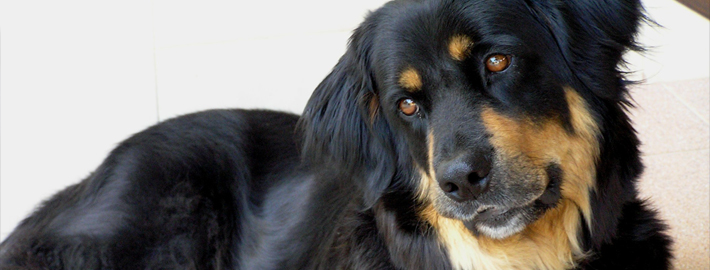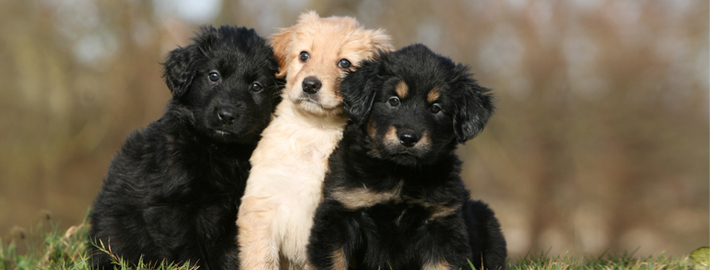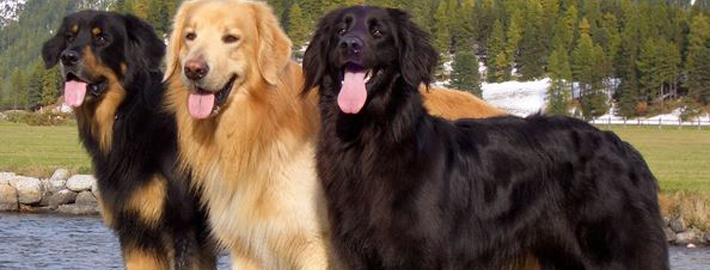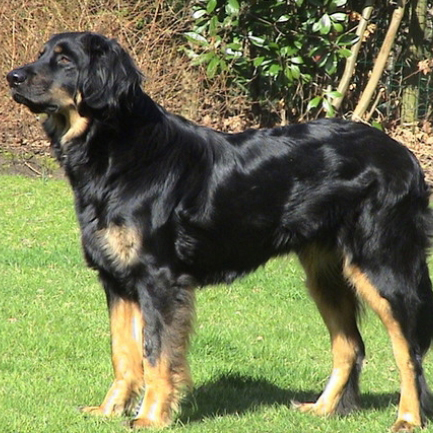What makes the Hovawart Unique?
The Hovawart is nonetheless a stoic member of the German canine elite. Originating from the regions of Harz and Black Forest in Germany, the Hovawart’s name means “a guardian of estates.” The breed was first created by the German barons of old to guard their castles and estates. Although a very ancient breed, the Hovawart has not survived as a result of direct ancestry but through an effort of resurrection by dedicated breeders.
Breed Groups
Page Contents
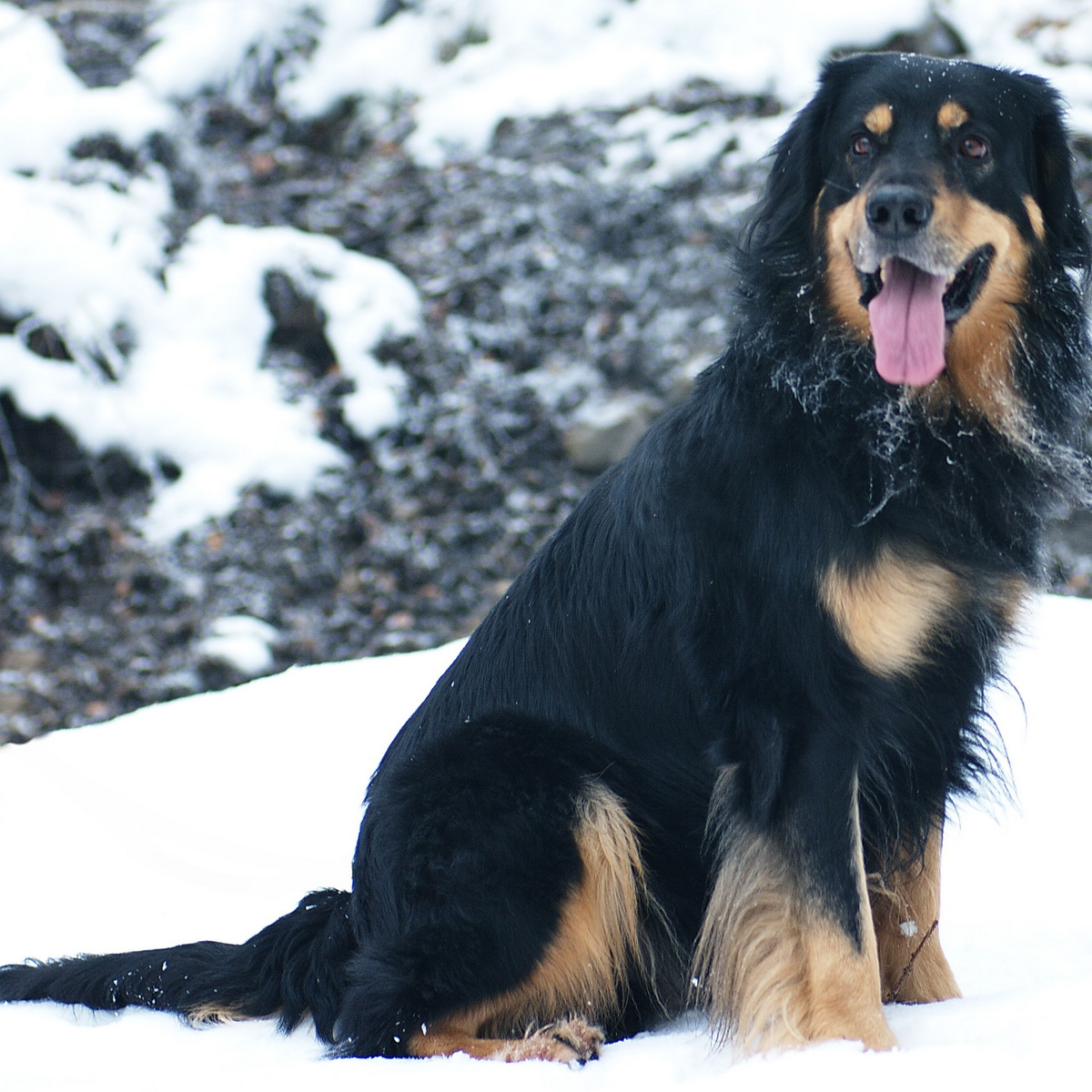
Is the Hovawart Right For You?
This breed will be calm inside the house provided it receives enough daily exercise. It is determined, obedient and affectionate, especially toward its master. Loyal to the family. Excellent with children when well-socialized, well exercised and see humans as alpha. They are highly devoted and have a strong sense of territory and will not generally wander far away. Remaining playful and puppy-like in its old age, the Hovawart is reserved with strangers but is a pleasant family dog. Good natured and even-tempered. This brave dog is protective, alert and a good watchdog.
Hovawarts are not recommended for apartment life. They are moderately active indoors and will do best with at least an average-sized yard. They prefer cool climates and can sleep outdoors. They are outstanding watchdogs, especially for stables, fields and country houses.
In 5 Words
- Devoted
- Reserved
- Watchful
- Affectionate
- Obedient
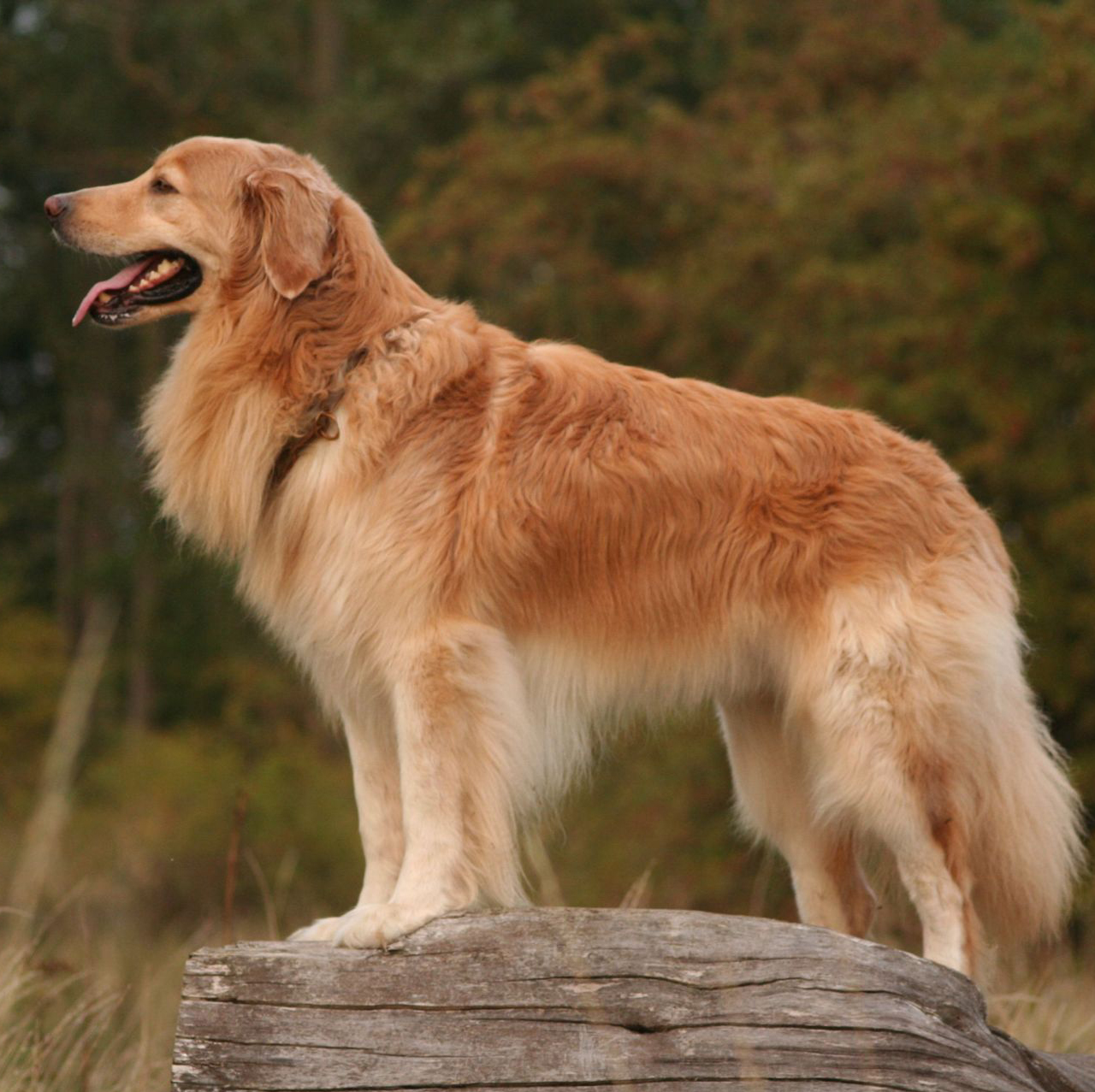
Characteristics
Learn About the Hovawart
Description
General Description
The Hovawart is a powerfully built dog with extremely strong legs, chest and hindquarters. Their feet end in compact pads and they are able to traverse a variety of terrain with ease. The Hovawart’s head is large and powerful and its teeth meet in a sharp razor bite. The dog’s ears are triangular and pointed and droop down high on the head. Hovawarts come in three main colors – black, blonde and black and gold.
Hovawarts are intelligent, self-assured and brave. Over the years they have excelled as guardians as well as search and rescue dogs. However, they can be strong-willed and are not recommended for beginner owners.
Short History of the Hovawart
The Hovawart originates from Germany. It is a very old working breed descended from the Newfoundland, Leonberger, and possibly the Hungarian Kuvasz. The goal of its developers was to re-create the great estate guarding dog of the Middle Ages. The Hovawart is rare in the USA, but popular in Germany. Eike von Repgow wrote about the “Hofewart” as an estate guard dog in the Sachsenspiegel. They were also illustrated in writings in the 1400’s tracking bandits. The breed almost became extinct in the 1200s, however by the 1920s a breeder by the name of Kurt Konig worked on a program reconstructing the breed. His efforts were successful and the breed was recognized by the German Kennel Club in 1937. Some of the Hovawart’s talents are watchdog, Schutzhund, search and rescue and tracking.
Temperament
Recognized working dog with versatile usage. Kind and even disposition. Has protective
instinct, self-confidence and ability to take stress; of medium temperament; combined with a very good nose. His balanced body proportions and special devotion to his family make him an outstanding companion, watch, guard, tracking and rescue-dog.
Hovawarts have loud booming barks and are extremely watchful. They are also highly devoted to their families and will risk their own lives willingly to protect them. These characteristics which have existed in the breed since ancient times make them an excellent watchdog and guard dog.
Caring for Your Hovawart
Grooming & Bathing
The Hovawart has a long coat made up of soft hairs. They do not require a great deal of grooming and need only be brushed occasionally. They are average shedders.
Exercise & Training
The Hovawart needs to be taken on a daily walk, jog or run. While out on the walk make sure the dog heels beside or behind the person holding the lead, never in front, as instinct tells a dog the leader leads the way, and that leader needs to be the human. Regular long walks, hikes, and chances to run and play off the lead will be greatly enjoyed and will keep them healthy. Run easily over difficult terrain.

